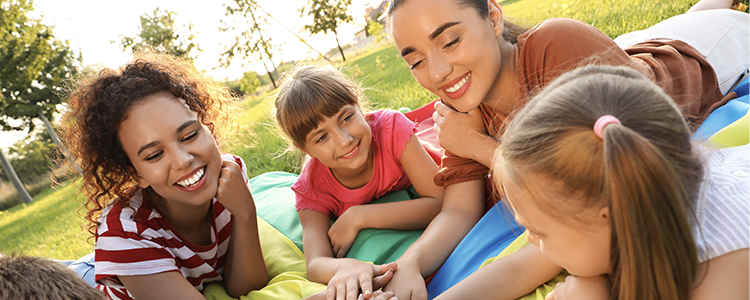

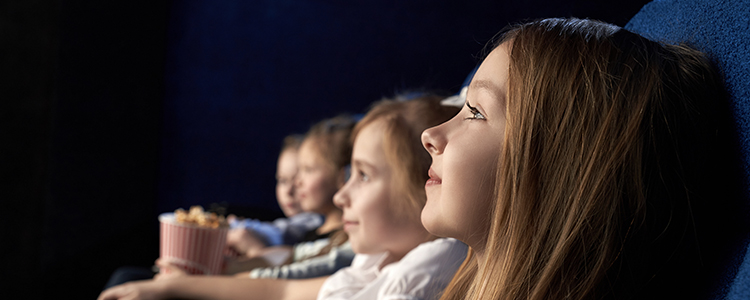
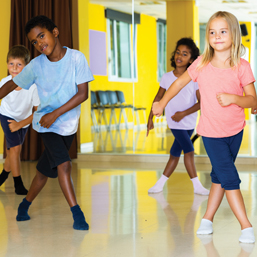
Are you debating enrolling your child in a class during these ever-changing times and feeling a bit overwhelmed? I hear you. As a working mom of three young children, I understand the fears and hopes you have, and the daily demands placed on you.
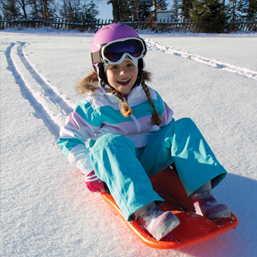
Have you ever skated along an ice trail? Are you up for a nature challenge? Have you heard of Chinook Blast? These are just a few of the free and low-cost City of Calgary activities available to families through The City’s Winter City Strategy.
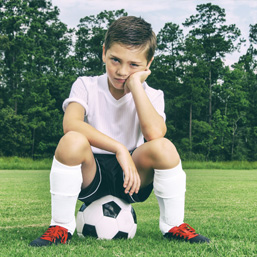
You spent three years driving your greatly promising son to hockey at 5am three times a week, and now he wants to quit playing hockey. Your daughter is an amazing tennis player, has been chosen to play pro, but would rather stay home and update her TikTok. You know that if your children applied themselves in what they are good at, they would go far, but how do you convince them of that?
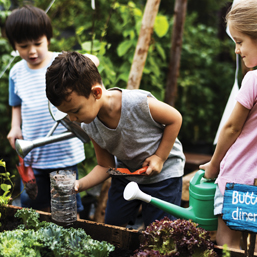
Contact with nature is essential in our day-to-day lives. It connects us to ourselves and each other and increases our physical and emotional health; our overall personal and social development is dependent on contact with nature. “Canadians experience adversity when they disconnect from nature because, as a species, humans quite simply cannot thrive in a built environment. We need contact and interaction with nature - period.” Canadian Parks Council
Calgary’s Child Magazine © 2024 Calgary’s Child